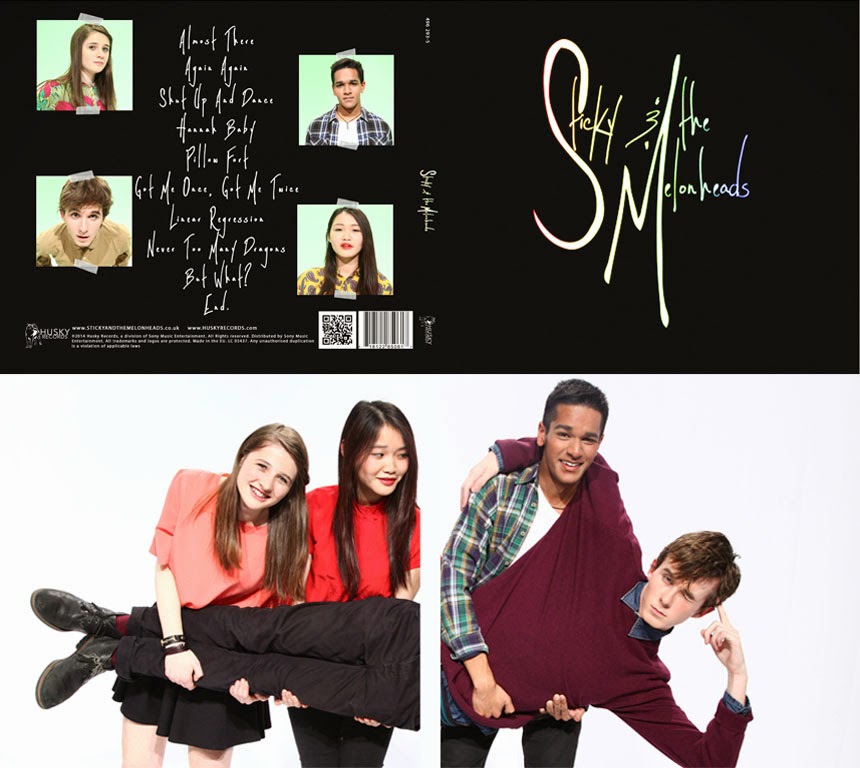1) What techniques did you specifically use to create continuity (narrative flow) in your accident sequence?
First of all we shot the master shot, so as to establish setting (the school corridor) and characters (the two boys, Harry and Kayvon). This ensures the audience knows where the events are taking place.
We then had a low angle shot of the Harry being angry that he was ran into, followed by a shot of the Kayvon backing away. The low angle shot makes Harry seem more intimidating to the audience, giving the a sense of his character. The fact that Kayvon backs away further backs up the implication that Harry is intimidating.
This then cuts to a low angle mid-long shot of the two boys, where the Harry hits Kayvon. This cuts to a close up of Kayvon hitting the wall and sliding down it onto the floor. We ensured that Kayvon stayed in the same position from when he hit the wall in the mid-long shot to when he was sliding down it in the close up to make the narrative seem seamless.
Lastly, we had a ground level shot of Harry fleeing the scene after checking if Kayvon is conscious. The fact that the camera is ground level helps to make the audience feel as if they are seeing the scene from Kayvon's point of view.
2) In hindsight, what could you do to improve the continuity (narrative flow) of the sequence?
To improve the continuity, we should have had Harry on the right of the shot rather than the left in the second shot, as it would abide with the 180˚ rule. We also could have had Kayvon try and placate Harry so he wouldn't hit him to make Harry seem that bit more intimidating.



